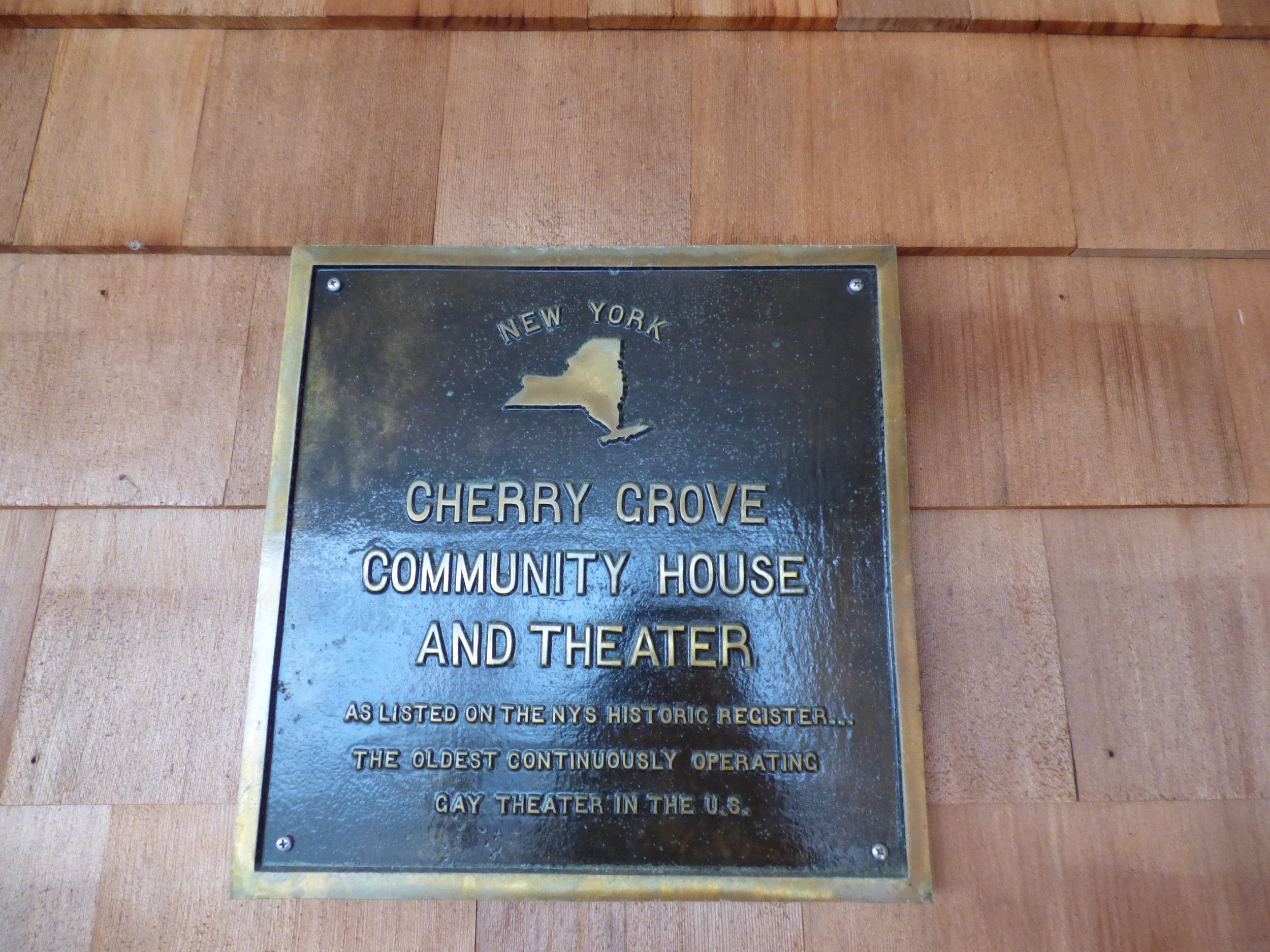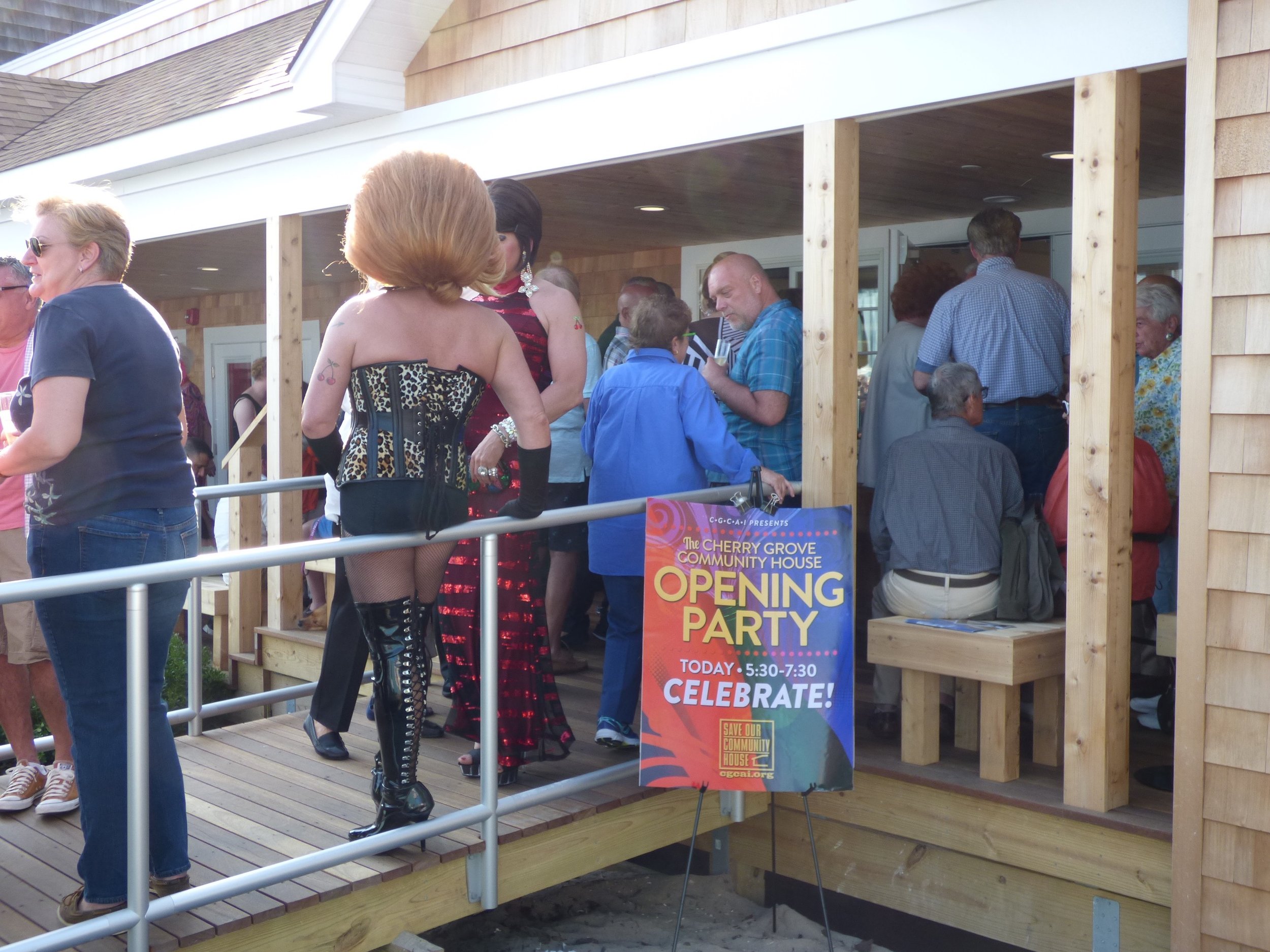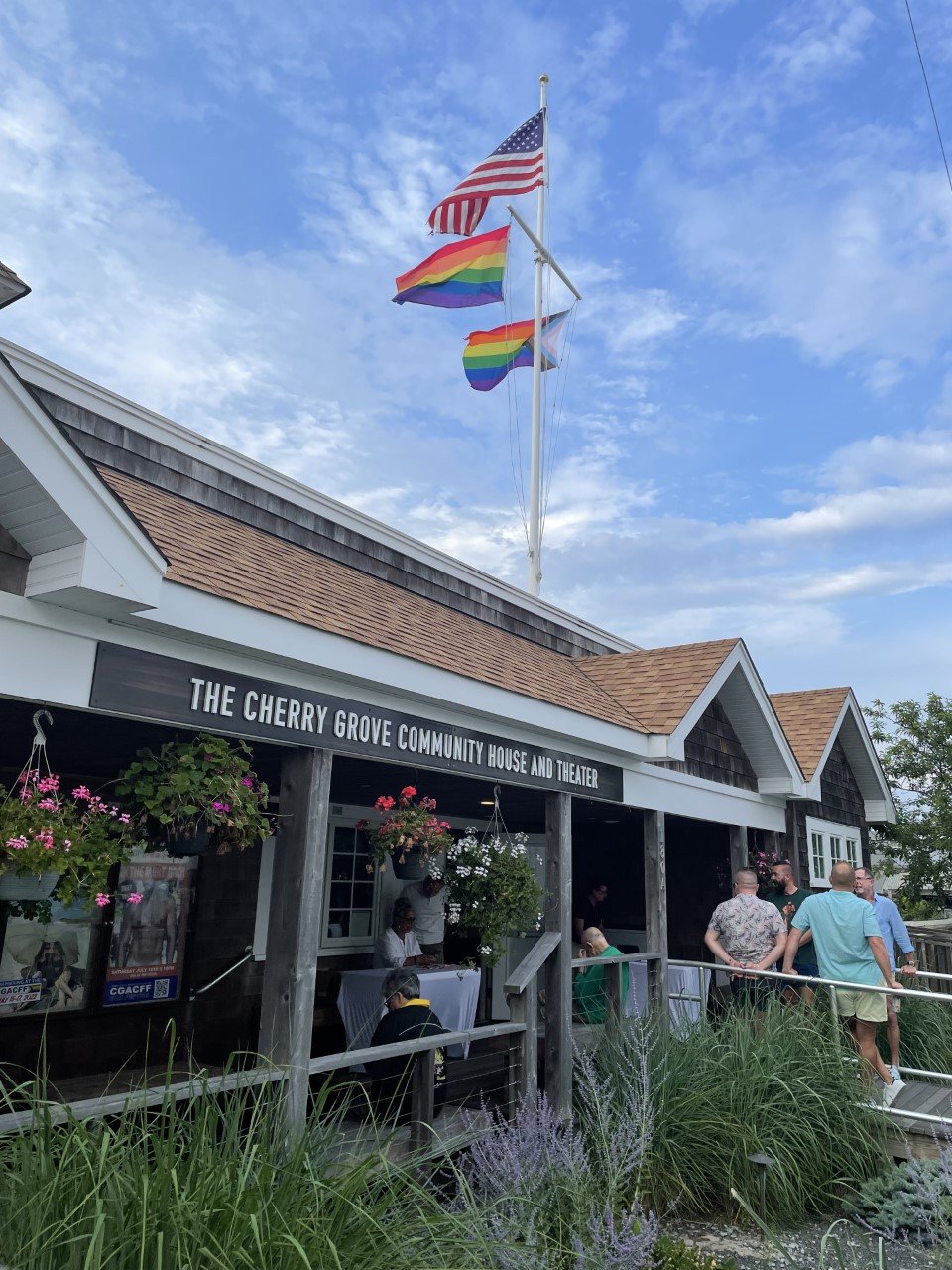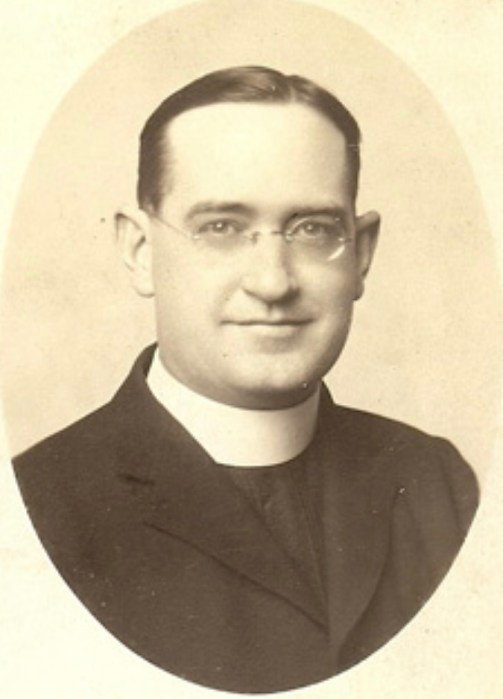
Over 2,500 designated National Historical Landmarks commemorate a sacrifice to a higher purpose, an achievement in civil rights progress, or a turning point in society. These designated landmarks are beholding to the test of time, dispelling all doubt about what they celebrate. A nation’s monument that stands the test of time does not necessarily have to be a statue but an institution that serves the community through the generations. The symbolism of a specific institution’s service can become a testament to the guiding ideas that define the sacrifices and turning points in history that paved the way for civil rights progress. Cherry Grove’s Community House and Theater are among the 10 National Historical Landmarks representing historical and contemporary LGBTQ+ civil rights struggles.
Cherry Grove, tucked away in our corner of the New York metro area and shielded from mainland traffic, provides a sense of isolation and privacy. It became the ideal location to develop as the first openly gay resort community in the United States. Visitors seeking refuge from a homophobic society could be who they were with the hope of no prosecution.
Amid the rising popularity in post-World War II New York, the Cherry Grove Property Owners Association floated a carriage house across the bay in 1946 to construct a community house. The later 1949 addition to the building would become the Cherry Grove Theater. That community house became the backdrop to the Lesbian and Gay civil rights movement.
Visitors to Cherry Grove included writers Tennessee Williams, Truman Capote, Carson McCullers, Janet Flanner, and composer Benjamin Britten. With these visitors and the public awareness of their sexuality, local police forces formed vice squads to raid the community.
Police would occupy the basement section of the Community House and have a booth outside to interrogate and hold the detained before going back to the mainland to be processed. Local law enforcement’s arrests of gay men in Cherry Grove were on public decency or sodomy charges.
According to Suffolk County Law enforcement, officers averaged 60 summer a year arrests in Cherry Grove. These arrests were made public by law enforcement through publishing the defendant’s names, addresses, and professions in local newspapers.

File photo of the reopening of the Cherry Grove Community House Theatre in 2016 by Shoshanna McCollum.
FIN columnist Karl Grossman, then a local reporter, recalled: “Not only did law enforcement give the names and the addresses but also, where they worked. Clearly, the cops were after these men’s jobs.”
One of the groups that attempted to build a base in the community was The Mattachine Society. Chapter President Dick Leitsch became known in the community after the April 1966 “Sip in.” New York City liquor authority enacted a law prohibiting bars from knowingly serving alcoholic beverages to openly gay men. In response, Leitsch and his fellow activists would go to bars, identify themselves as gay and order a drink; once refused service due to the law, they would file a lawsuit citing discrimination.
By 1967, due to mounting pressure from multiple lawsuits, the state overturned the liquor law. After Leitsch’s success, he took the fight to Cherry Grove, creating pamphlets giving free legal advice to community members facing potential persecution.
This advice would evolve into retaining lawyer Benedict Vuturo for 22 men charged in some of the raids. All 22 would take their cases to trial and be declared not guilty. In the aftermath of this action, residents of Cherry Grove took a more vocal stance against the law enforcement raids.
In the fall of 1968, a year before Stonewall, gay, lesbian and straight allies joined forces in the Cherry Grove Property Owners Association’s meetings held at the Community House to demand an end to the vice squad raids into the community. Within a year of the community organizing against the raids, county law enforcement ended the arrests.
The Cherry Grove Community House and Theater was added to the National Historical Registry in June 2013. The Stonewall Inn, a landmark for the LGBTQ+ Civil Rights movement, was also on the National Historical Registry and had its status elevated to National Monument in June 2016.
The criteria for a National Monument laid out in the Antiquities Act states, “Federally designated land containing historical landmarks, and other objects of historic or scientific interest.”

Photo by Jake Maddia.
With the growing threats of erosion and more aggressive hurricanes hitting Fire Island, a federal allocation of funds can be essential to preserve this structure for future generations. But what about global resources pledged to protect these buildings and the community while maintaining private land ownership?
Collectively there are 1,057 United Nations World Heritage Sites. These sites, which are individual treaties, are offered up to the world in symbolism for peace and understanding. Of all 1,057 World Heritage Sites, no site represents the universal significance of the human rights struggle of the LGBTQ+ population.
The proposed site must be one of 10 criteria guidelines. The community of Cherry Grove as a whole fits Criteria VI: directly or tangibly associated with events of living traditions, ideas, or beliefs, with artistic works of universal significance.
Nothing better defines a symbol of peace, understanding, and acceptance than Cherry Grove.
































